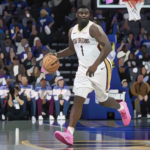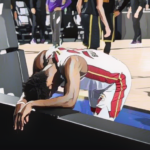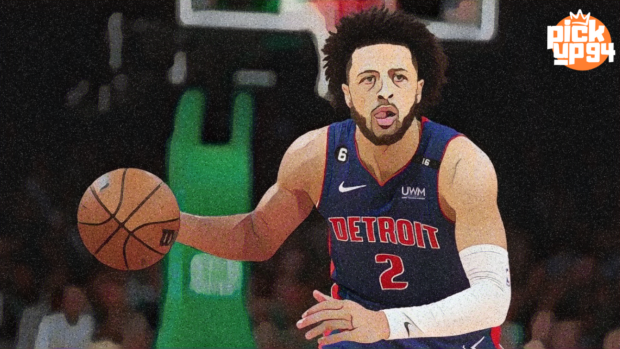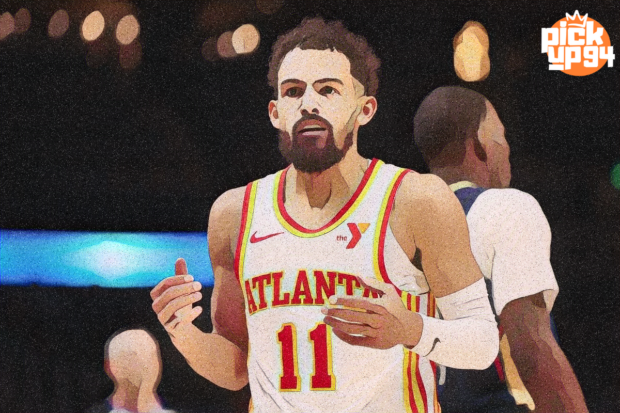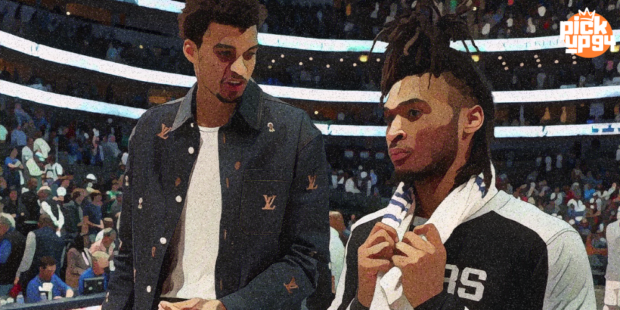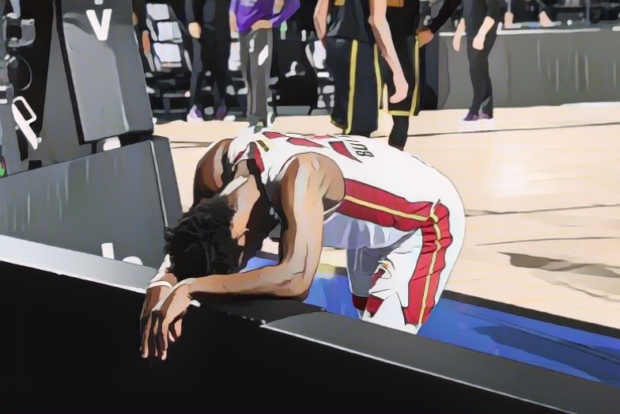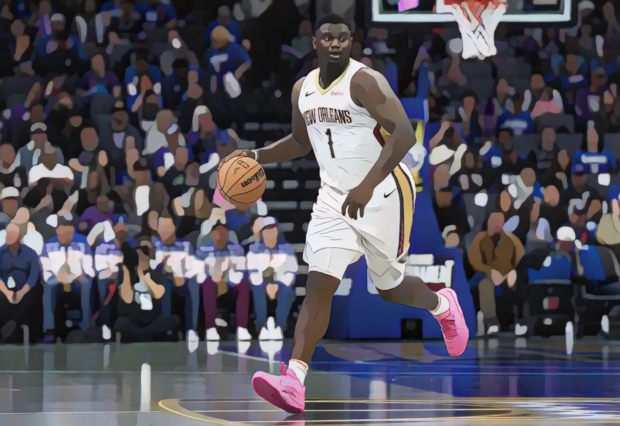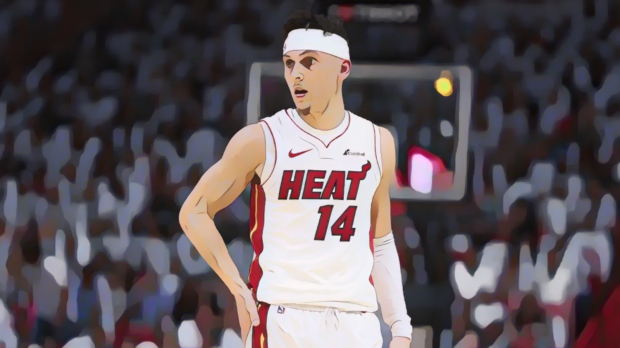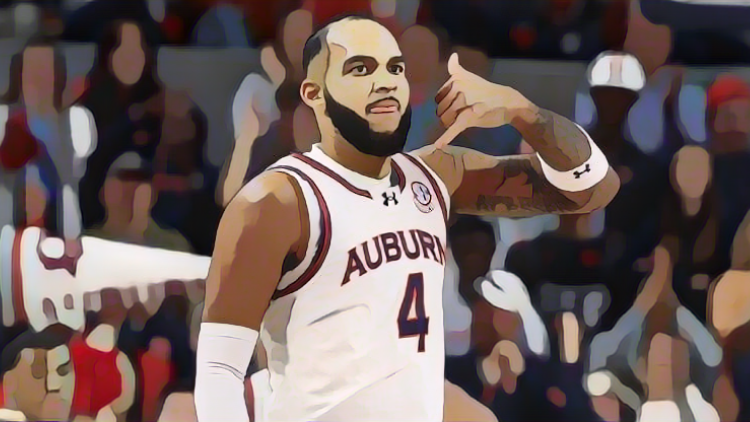
The world of college athletics has undergone a seismic shift in recent years thanks to Name, Image, and Likeness (NIL) deals. What was once a clear-cut decision—turn pro if you’re good enough, stay in college if you need more development—has evolved into a more nuanced debate. Today, players who may not project as first-round NBA (or NFL) draft picks are finding another path to financial stability by remaining in college and capitalizing on sponsorship and endorsement opportunities. But the question remains: Should college players stay if they aren’t guaranteed a first-round selection and instead take the NIL money?
The Rise of NIL: A Game-Changer
- Immediate Earning Potential
Prior to the NIL era, the only route for most college athletes to monetize their talents was to leave school—often prematurely—for a professional contract. Now, athletes can sign endorsement deals, appear in ads, or partner with local and national brands while still in college. For players who aren’t sure-fire first-round selections, NIL can serve as a safety net, guaranteeing immediate income without the uncertainty of a second-round or undrafted free agency contract. - Leverage in Decision-Making
For years, athletes who were on the borderline of the first-round bubble had to weigh the possibility of a late or non-guaranteed pick against the risk of staying in college and delaying their pro dreams. With NIL, however, the gap between pro and college earnings might narrow. Staying in school no longer means forfeiting all financial benefits, thus empowering players to make more patient and informed decisions.
Pros of Staying in College
- Development and Experience
A player who needs additional skill refinement often benefits from another season (or two) in a structured college environment. Coaches are incentivized to help them develop, and regular game action—particularly for those at competitive programs—can dramatically raise a player’s draft stock. In contrast, going pro too early can lead to minimal minutes, G League or developmental league assignments, and a slower progression. - Enhanced Visibility
Many colleges have massive fan bases and established media networks, which can help an athlete grow their personal brand. A year (or multiple years) in a high-profile NCAA program—especially with the current hype around college sports—can lead to increased national attention. This visibility translates to greater NIL opportunities and a stronger following that can extend into an eventual pro career. - Academic and Personal Growth
It’s easy to overlook the educational aspect when big money is at stake. But for some players, earning a degree or continuing to develop life skills can’t be understated. College is also a softer environment to handle media scrutiny, learn time-management, and prepare for the mental rigors of professional sports. Leaving too soon might put them in a high-pressure scenario before they’re ready.
Cons of Staying in College
- Injury Risk
The longer a player stays in college, the greater the risk of a serious injury that could jeopardize their professional prospects—and that NIL money is unlikely to match the potential earnings of a solid NBA or NFL contract. For athletes whose bodies have already taken a beating, turning pro sooner often feels like a safer bet to secure a financially stable future before injuries derail their value. - Delaying Professional Development
Although college can nurture growth, some top-level prospects flourish more under pro-level coaching and resources. The NBA’s G League, for instance, is specifically designed to groom players for the next level. If a prospect is genuinely pro-ready, staying in college may delay their integration into advanced systems, full-time training regimens, and higher-level competition. - Missed Networking and Opportunity
In the professional ranks, players can form relationships with established veterans, coaching staffs, and franchise executives. These connections can pave the way for better contractual negotiations, brand-building, and post-career ventures. Spending an extra year or two in college might postpone these connections—and for borderline prospects, each year of a playing career counts.
Navigating the Gray Area
Most college athletes don’t have the luxury of a guaranteed first-round contract. For players in that gray area—somewhere between a late first-round projection, second-round pick, or an uncertain future in the pros—NIL deals can level the playing field. Potentially earning six figures or more in college might outstrip a non-guaranteed, second-round rookie salary. Furthermore, the possibility of improving a draft stock through another standout season in college, bolstered by name recognition and brand deals, can significantly increase a player’s long-term NBA earnings.
However, there is an inherent gamble: staying longer doesn’t automatically mean a draft boost. Player growth isn’t linear, and sometimes
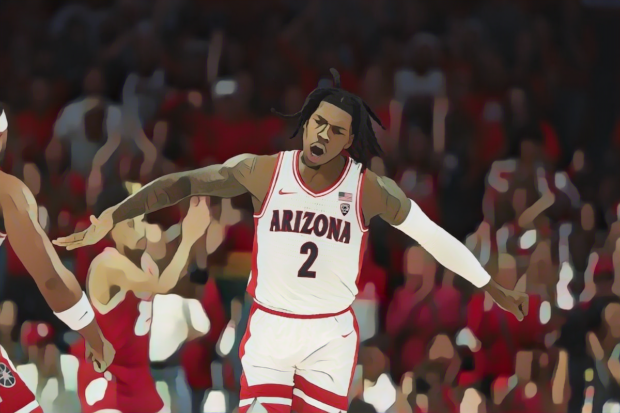
an additional year can expose weaknesses rather than highlight strengths. Moreover, NIL deals, while lucrative, don’t always match the security of a pro contract—especially if the athlete’s college stardom fades without continued on-court success.
The Bottom Line
For college athletes outside the guaranteed first-round discussion, the calculus has changed thanks to NIL. Staying in school no longer equates to sacrificing financial upside; it can provide a safer runway for personal, athletic, and brand development. Yet, it’s also essential to consider the heightened risk of injury, the potential stalling of pro development, and the unpredictability of collegiate performance.
Ultimately, the decision hinges on each athlete’s unique circumstances: their draft evaluations, readiness for professional basketball, personal academic goals, and the size of the NIL opportunities on the table. In this new era, it’s a more complicated—but more flexible—decision than ever before. For many, that’s a welcome change from an age when the lines between “stay” or “go” were drawn strictly by the fleeting pursuit of a pro paycheck.
Previous
About the author
MotorCade Has Arrived
The hype around Cade Cunningham used to be all about “potential this” and “promise that.” Not anymore. In his breakout campaign, the 6-foot-6 guard has ditched the kid gloves, dragged his team (yes, that team you used to joke about) into playoff contention, and slapped his name on the NBA map with an All-Star nod and whispers of a potential All-NBA selection. If you’re not paying attention, you’re missing the next big story in the league. Silencing the Skeptics Skeptical Start People wrote him off as just another high-lottery curiosity after a rocky rookie season. Sure, Cade had flashes, but the chatter was loud: “He’s too passive.” “His team’s a perpetual clown show.” Guess who’s laughing now? Cunningham took that noise and turned it into fuel. Fast-forward to midseason of Year 2, and he’s not just scoring efficiently—he’s orchestrating the […]
DFrank March 23, 2025
Is Trae Young’s Career Being Wasted in Atlanta?
Trae Young has been lighting up scoreboards ever since he stepped into the NBA, tossing in 30-foot bombs like they’re layups and dishing out assists with frightening precision. Yet despite his nightly heroics, the Atlanta Hawks feel stuck—dancing on the edge of playoff relevance without ever looking like a true threat. It’s becoming impossible to ignore the question: Are the Hawks blatantly squandering one of the most electrifying talents in the league? A One-Man Show on Offense The Relentless Scoring Machine Call it Steph Curry range or just pure audacity—Trae Young consistently pulls off jaw-dropping shots that leave defenders shaking their heads. Mix in his ability to freeze opponents with ball fakes and floaters, and you have a guard who’s flat-out unstoppable with the rock in his hands. Carrying the Load: Without consistent firepower around him, Young has no choice […]
DFrank March 16, 2025
The Spurs’ Future is Bright
Remember when the San Antonio Spurs were the quiet dynasty—always winning, rarely talking trash, and basically boring everyone to death as they stacked banners? Well, kiss that goodbye. A new trio has crashed into the Alamo City: De’Aaron Fox, Victor Wembanyama, and Stephon Castle. Each one is itching to bring fresh swagger to a franchise that’s used to silent domination. Now, they’re revving up the Spurs machine in ways nobody saw coming. Fox: A Slashing Engine Blazing Through Defenses De’Aaron Fox made his name blowing past defenders like they were roadkill. After proving in Sacramento that he could churn out highlights in his sleep, he’s arrived in San Antonio with a chip on his shoulder—and a mandate to push the Spurs to the top. Expect breakneck pace, disrespectful crossovers, and a sky-high usage rate. Speed Kills: Fox’s best weapon is […]
DFrank March 16, 2025
Playing on Empty
In an 82-game season where superhuman feats happen nightly, there’s one stretch that exposes even the toughest pros: back-to-back games. Sure, fans love seeing their favorite stars suit up as often as possible—but for the players, these consecutive nights can be an absolute nightmare, pushing bodies and minds to the brink. The Physical Punishment Little to No Recovery The whistle blows on Game 1, you’ve just sprinted up and down the court for 48 intense minutes, and your adrenaline is off the charts. Then, before you can even ice your knees, you’re on a plane to the next city, trying to catch a few hours of sleep in an unfamiliar hotel bed. By tip-off the following evening, every step feels like you’re dragging concrete blocks. Muscle Fatigue: It’s one thing to bang in the paint or race baseline-to-baseline on fresh […]
DFrank March 15, 2025
NIL or Go Pro
The world of college athletics has undergone a seismic shift in recent years thanks to Name, Image, and Likeness (NIL) deals. What was once a clear-cut decision—turn pro if you’re good enough, stay in college if you need more development—has evolved into a more nuanced debate. Today, players who may not project as first-round NBA (or NFL) draft picks are finding another path to financial stability by remaining in college and capitalizing on sponsorship and endorsement opportunities. But the question remains: Should college players stay if they aren’t guaranteed a first-round selection and instead take the NIL money?The Rise of NIL: A Game-ChangerImmediate Earning PotentialPrior to the NIL era, the only route for most college athletes to monetize their talents was to leave school—often prematurely—for a professional contract. Now, athletes can sign endorsement deals, appear in ads, or partner with […]
DFrank March 15, 2025
AAU to the League
Ask any insider where the NBA’s future is shaped, and they’ll point you straight to AAU basketball. Forget your typical high school leagues—this is the wild west of raw talent, big egos, corporate shoe battles, and teenage phenoms throwing down ridiculous dunks on a sweltering summer circuit. Love it or hate it, AAU isn’t just a stepping stone anymore; it’s the hypercompetitive crucible that molds tomorrow’s mega-stars before they even cross a college campus. Early Skill Development—or a Glorified Highlight Factory? Facing National Competition at 14 The AAU scene is a magnet for the best young players on the planet—kids who can sink threes from half-court or rise for put-back dunks like it’s no big deal. High school rosters can’t keep up with this arms race; in AAU, a single weekend can feature more future first-round picks than an entire […]
DFrank March 15, 2025
Related
AAU to the League
Ask any insider where the NBA’s future is shaped, and they’ll point you straight to AAU basketball. Forget your typical high school leagues—this is the wild west of raw talent, big egos, corporate shoe battles, and teenage phenoms throwing down ridiculous dunks on a sweltering summer circuit. Love it or hate it, AAU isn’t just a stepping stone anymore; it’s the hypercompetitive crucible that molds tomorrow’s mega-stars before they even cross a college campus. Early Skill Development—or a Glorified Highlight Factory? Facing National Competition at 14 The AAU scene is a magnet for the best young players on the planet—kids who can sink threes from half-court or rise for put-back dunks like it’s no big deal. High school rosters can’t keep up with this arms race; in AAU, a single weekend can feature more future first-round picks than an entire […]
DFrank March 15, 2025
Being an All-Star is Overrated
Year after year, the All-Star Game hogs headlines, drowning us in flashy highlights and love-fest vibes. But let’s cut the pleasantries: being an All-Star might just be the most overhyped accolade in basketball. While fan votes and midseason hype showers a handful of players with applause, the All-NBA nod at year’s end is the real brass ring. Ready to find out why? Popularity Contest vs. Proof of Dominance The All-Star Illusion Fan votes, social media campaigns, and big-market bias all swirl into a popularity soup—sometimes leading to questionable All-Star selections. If you’re a hot topic on Twitter, good luck to the under-the-radar guy in a small market who’s quietly killing it. Flash vs. Substance: All-Star Weekend is a show, nothing more. Half the time, the game itself is a defense-free dunk fest. Might be fun to watch, but it’s hardly […]
DFrank March 15, 2025

